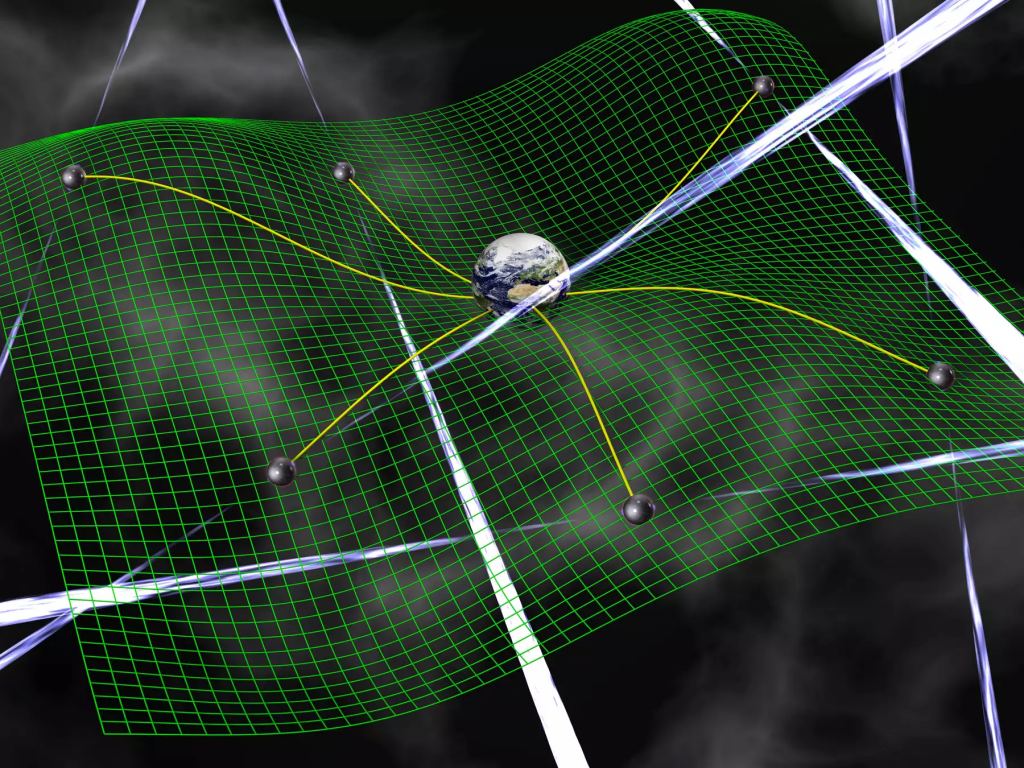Summary: A new study advanced our understanding of how psychedelic drugs activate serotonin receptors to offer potential treatments for neuropsychiatric disorders. The identifies the interaction of psychedelics like LSD and psilocybin with the serotonin receptor 5-HT1A, which is pivotal in their therapeutic effects.
By synthesizing derivatives of 5-MeO-DMT, a compound found in the Colorado River Toad, the team demonstrated that specific targeting of 5-HT1A could lead to antidepressant effects without hallucinations. These findings pave the way for developing non-hallucinogenic psychedelic-derived medications for conditions like depression and anxiety.
Key Facts:
- Psychedelics’ Molecular Targets Identified: The study highlights how psychedelics engage with the 5-HT1A receptor, alongside the well-known 5-HT2A receptor, to mediate therapeutic outcomes.
- Potential for Non-Hallucinogenic Treatments: A newly synthesized compound, 4-F, 5-MeO-PyrT, showed antidepressant effects through 5-HT1A activation, suggesting a path towards therapies that don’t induce hallucinations.
- Implications for Mental Health Treatment: This research could significantly impact the development of new treatments for mental health disorders, leveraging the therapeutic potentials of psychedelics while minimizing their psychoactive effects.
Source: Mount Sinai Hospital
Researchers at the Icahn School of Medicine at Mount Sinai have shed valuable light on the complex mechanisms by which a class of psychedelic drugs binds to and activates serotonin receptors to produce potential therapeutic effects in patients with neuropsychiatric disorders such as depression and anxiety.
In a study published May 8 in Nature, the team reported that certain psychedelic drugs interact with an underappreciated member of the serotonin receptor family in the brain known as 5-HT1A to produce therapeutic benefits in animal models.
“Psychedelics like LSD and psilocybin have entered clinical trials with promising early results, though we still don’t understand how they engage different molecular targets in the brain to trigger their therapeutic effects,” says first author Audrey Warren, a Ph.D. candidate in the Graduate School of Biomedical Sciences at Icahn Mount Sinai
“Our study highlights, for the first time, how serotonin receptors like 5-HT1A likely modulate the subjective effects of the psychedelic experience and also play a potentially pivotal role in their clinically observed therapeutic outcome.”
LSD and 5-MeO-DMT, a psychedelic found in the secretions of the Colorado River Toad, are known to mediate their hallucinogenic effects through the serotonin receptor 5-HT2A, though these drugs also activate 5-HT1A, a validated therapeutic target for treating depression and anxiety.
Working closely with co-author Dalibor Sames, Ph.D., Professor in the Department of Chemistry at Columbia University, the team synthesized and tested 5-MeO-DMT derivatives in cell signaling assays and cryo-electron microscopy to identify the chemical components most likely to cause a drug to activate 5-HT1A over 5-HT2A preferentially.
That exercise led to the discovery that a compound termed 4-F, 5-MeO-PyrT was the most 5-HT1A-selective compound in this series. Lyonna Parise, Ph.D., an instructor in the lab of Scott Russo, Ph.D., Director of the Center for Affective Neuroscience and the Brain and Body Research Center at Icahn Mount Sinai then tested that lead compound in a mouse model of depression and showed that 4-F, 5-MeO-PyrT had antidepressant-like effects that are effectively mediated by 5-HT1A.
“We were able to fine-tune the 5-MeO-DMT/serotonin scaffold to obtain the maximum activity at the 5-HT1A interface and minimal activity at 5-HT2A,” explains senior author Daniel Wacker, Ph.D., Assistant Professor of Pharmacological Sciences and Neuroscience at Icahn Mount Sinai.
“Our findings suggest that receptors other than 5-HT2A not only modulate behavioral effects stemming from psychedelics but may substantially contribute to their therapeutic potential.
“In fact, we were pleasantly surprised by the strength of that contribution to 5-MeO-DMT, which is currently being tested in several clinical trials for depression. We believe our study will lead to a better understanding of the complex pharmacology of psychedelics that involve many receptor types.”
Indeed, researchers are hopeful, based on their breakthrough findings, that it may soon be possible to design novel psychedelic-derived medications that don’t possess the hallucinogenic properties of current drugs.
Raising their expectations is the discovery that their lead compound—the most 5-HT1A-selective analog to 5-MeO-DMT—showed antidepressant effects without the 5-HT2A-related hallucinations.
Another near-term target for scientists is investigating the impact of 5-MeO-DMT in preclinical models of depression (given the research restrictions around psychedelic drugs, studies involving a 5-MeO-DMT derivative have been limited to animal models).
“We’ve demonstrated that psychedelics have complex physiological effects that span many different receptor types,” emphasizes first author Warren, “and are now ready to build on that finding to develop improved therapeutics for a range of mental health disorders.”
About this psychopharmacology and psychedelics research news
Author: Audrey Warren
Source: Mount Sinai Hospital
Contact: Audrey Warren – Mount Sinai Hospital
Image: The image is credited to Neuroscience News
Original Research: Closed access.
“Structural pharmacology and therapeutic potential of 5-methoxytryptamines” by Audrey Warren et al. Nature
Abstract
Structural pharmacology and therapeutic potential of 5-methoxytryptamines
Psychedelic substances such as lysergic acid diethylamide (LSD) and psilocybin show potential for the treatment of various neuropsychiatric disorders. These compounds are thought to mediate their hallucinogenic and therapeutic effects through the serotonin (5-hydroxytryptamine (5-HT)) receptor 5-HT2A (ref. ).
However, 5-HT1A also plays a part in the behavioural effects of tryptamine hallucinogens, particularly 5-methoxy-N,N-dimethyltryptamine (5-MeO-DMT), a psychedelic found in the toxin of Colorado River toads.
Although 5-HT1A is a validated therapeutic target, little is known about how psychedelics engage 5-HT1A and which effects are mediated by this receptor.
Here we map the molecular underpinnings of 5-MeO-DMT pharmacology through five cryogenic electron microscopy (cryo-EM) structures of 5-HT1A, systematic medicinal chemistry, receptor mutagenesis and mouse behaviour.
Structure–activity relationship analyses of 5-methoxytryptamines at both 5-HT1A and 5-HT2A enable the characterization of molecular determinants of 5-HT1A signalling potency, efficacy and selectivity.
Moreover, we contrast the structural interactions and in vitro pharmacology of 5-MeO-DMT and analogues to the pan-serotonergic agonist LSD and clinically used 5-HT1A agonists.
We show that a 5-HT1A-selective 5-MeO-DMT analogue is devoid of hallucinogenic-like effects while retaining anxiolytic-like and antidepressant-like activity in socially defeated animals.
Our studies uncover molecular aspects of 5-HT1A-targeted psychedelics and therapeutics, which may facilitate the future development of new medications for neuropsychiatric disorders.

Sarah Carter is a health and wellness expert residing in the UK. With a background in healthcare, she offers evidence-based advice on fitness, nutrition, and mental well-being, promoting healthier living for readers.








